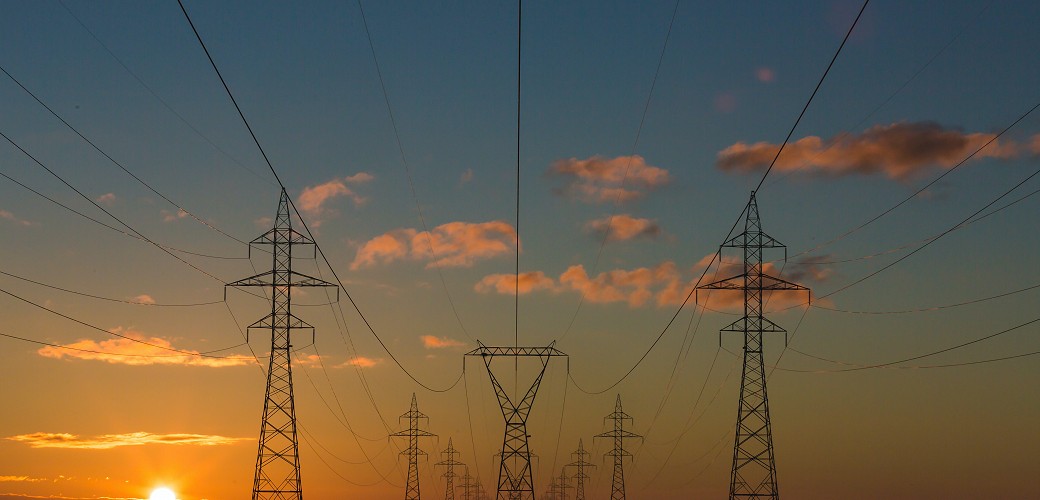March 14, 2020

We are using more electricity than ever before. That means that there will inevitably be more pressure on the resources supplying this electricity. Currently, for most of the population, the National Grid or the ESO (Electricity System Operator) provide most, if not all our energy needs. How, therefore, with increased demand, a climate emergency and emerging energy storage technologies do the National Grid plan to manage as we enter a new decade?
The National Grid was established in 1935 with seven grid areas chosen in several key locations across Britain and the construction completed over the next 2 years. One evening in 1937, a group of control room engineers worked to combine each of the seven grid locations. This was the first time this had been done and the National Grid was now functional.
After a turbulent war period in the early 1940s, the electricity industry was eventually nationalised in 1947. With the Second World War bringing air raid damage to power stations and disrupting coal shipments, the rationing of electricity was inevitable. By 1950, with world war behind them, focus turned to the creation of the 257kV “supergrid”. The project brought the installation of 4,000 miles of transmission lines across Britain. As electricity production surged and larger power stations were established, the “supergrid” was enlarged with work beginning in 1965.
In the mid-1980s, an interconnector between England and France was commissioned. The purpose of the subsea cable was to allow electricity transmission between two different countries. The 1989 Electricity Act paved the way for privatisation of the National Grid in 1990.
The National Grid (ESO) play a key role in influencing transformation of the energy industry. The annual ESO Future Energy Scenarios (FES) publication recognised in 2018 that we are entering a new world of energy.
In June 2019, the UK government become the first major economy worldwide to pledge commitment to achieve net-zero carbon emissions by 2050. This is an ambitious announcement to make and will certainly require the backing and support of the ESO. The ESO describes the move away from traditional thermal power generation towards renewables as exciting. This opportunity will, however, necessitate innovation, investment and adaptions that seek to maintain and improve the reliability of electricity generation for the UK population.
To demonstrate how the ESO plans to execute their decarbonisation ambitions, the RIIO-2 business plan was drawn up over a period of two years with the help of 900 stakeholders from 340 organisations. Like the government zero-carbon target, the RIIO-2 also propose an ambitious “zero-carbon” operation of our electricity system” target by 2025.
There are four main themes from the RIIO-2; these are summarised in Figure 1.
Throughout the RIIO-2, a zero-carbon network by 2025 is central to the plans. To succeed in achieving this, new control centre architecture is promised. Monitoring systems will need to be developed to ensure the power system is always stable. The RIIO-2 wants to see new market and auction platforms to encourage competition and include smaller generators.
The document also puts forward the “three D’s” of the energy transition – decentralisation, decarbonisation and digitalisation. According to the ESO, the “new normal” is an energy system where renewables dominate electricity generation. Low-carbon technology should have a significant say in how we travel and heat our homes too.
In terms of decentralisation, the ESO wants more local generation. They support the distribution of this generation with the support of energy storage. Batteries, hydropower and compressed air are three examples of current energy storage technologies from a multitude of other established technologies. The potential for energy storage technology in the future is certainly exciting.
Furthermore, the ESO envisage more consumers by 2025 producing, storing and selling energy in response to changes in the energy market. Fluctuations may occur in relation to cost, carbon-intensity and peer-to-peer trading. The ESO believe advanced energy data and analytics will uncover new ways they can interact with market participants and allow them to make better-informed choices.
As the ESO draws up its strategies to implement energy transition in the 2020s, it’s very clear that decentralisation, decarbonisation and digitalisation will each play an integral part in the upcoming energy industry. Zero-carbon National Grid operation by 2025 is a statement of intent by the ESO and if achieved would strengthen chances of the UK meeting its overall net-zero carbon target by 2050.
Sources: